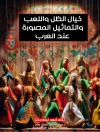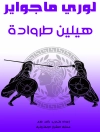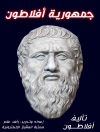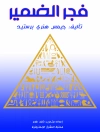The origins of satyr drama, and particularly the reliability of the account in Aristotle, remains contested, and several of this volume’s contributions try to make sense of the early relationship of satyr drama to dithyramb and attempt to place satyr drama in the pre-Classical performance space and traditions. What is not contested is the relationship of satyr drama to tragedy as a required cap to the Attic trilogy. Here, however, how Aeschylus, Sophocles, and Euripides (to whom one complete play and the preponderance of the surviving fragments belong) envisioned the relationship of satyr drama to tragedy in plot, structure, setting, stage action and language is a complex subject tackled by several contributors. The playful satyr chorus and the drunken senility of Silenos have always suggested some links to comedy and later to Atellan farce and phlyax. Those links are best examined through language, passages in later Greek and Roman writers, and in art. The purpose of this volume is probe as many themes and connections of satyr drama with other literary genres, as well as other art forms, putting satyr drama on stage from the sixth century BC through the second century AD. The editors and contributors suggest solutions to some of the controversies, but the volume shows as much that the field of study is vibrant and deserves fuller attention.
Sobre o autor
Andreas Antonopoulos, University of Ioannina;
Menelaos Christopoulos, University of Patras;
George W.M. Harrison, Carleton University.












